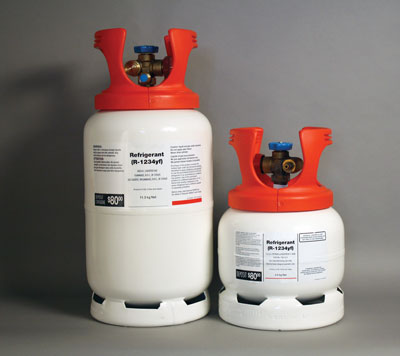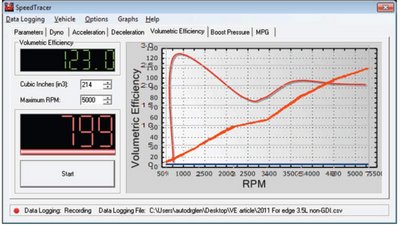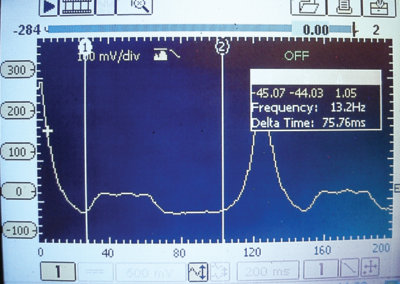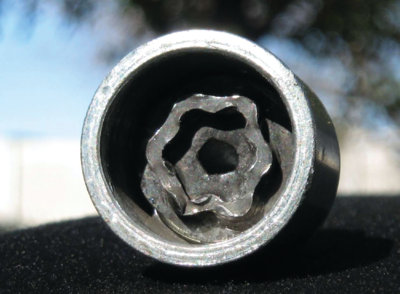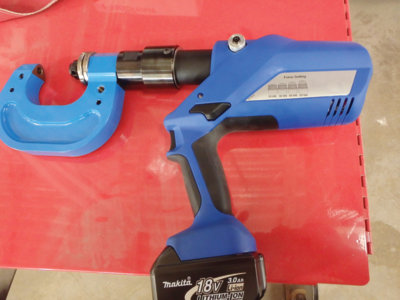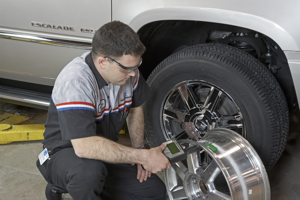 Makita U.S.A., Inc. (www.makitatools.com), manufacturer of high quality industrial power tools and accessories, is proud to announce the release of its new Compact Lithium-Ion Cordless Hammer Driver-Drill, model BHP452HW. This new Compact Lithium-Ion Hammer Driver-Drill adds to the already extensive LXT Series of cordless tools featuring 18V LXT Lithium-Ion Battery Technology, a breakthrough in cordless that delivers more power, less weight and better engineering.
Makita U.S.A., Inc. (www.makitatools.com), manufacturer of high quality industrial power tools and accessories, is proud to announce the release of its new Compact Lithium-Ion Cordless Hammer Driver-Drill, model BHP452HW. This new Compact Lithium-Ion Hammer Driver-Drill adds to the already extensive LXT Series of cordless tools featuring 18V LXT Lithium-Ion Battery Technology, a breakthrough in cordless that delivers more power, less weight and better engineering.
“Once again, Makita has set the standard for compact Lithium-Ion tools with the new BHP452HW Cordless Hammer Driver-Drill,” said Ethan Haughawout, Makita associate product manager for cordless products. “It started last year with our best-selling compact Lithium-Ion impact driver and driver-drill, and the tradition of excellence continues with this new compact hammer driver-drill.”
The new BHP452HW is unique in both design and performance. The 18 volt/1.5 Amp Hour (Ah) Compact Lithium-Ion battery reaches full charge in just 15 minutes, four times faster than the competition. The Makita-built motor delivers 450 in.lbs. of torque in a compact design weighing only 3.6 lbs, the best power-to-weight ratio of any compact hammer driver-drill on the market. And the BHP452HW features the new black and white exterior design, distinguishing this compact model from Makita’s top-of-the-line teal product in the LXT Series.
The BHP452HW has a variable 2-speed motor, with 400 revolutions-per-minute (RPM) and 0-6,000 blows-per-minute (BPM) in low speed, and 1,500 RPM/0-22,500 BPM in high speed.
The BHP452HW Compact Hammer Driver-Drill is powered by a Makita-built 4-pole motor design, which generates energy on the magnetic field every 90o (not 180o), and is engineered with dual steel ball bearings. The result is more efficient power in a compact size. At only 3.6 pounds, the BHP452HW has less weight, and the ergonomic shape fits like a glove with even pressure to deliver better control and reduced operator fatigue.
Like other products in the LXT series, the BHP452HW comes equipped with built-in high impact L.E.D. lights that illuminate the work area. It’s ideal for professional trade users who are drilling holes into wood or masonry, and general contractors who require a best-in-class engineered compact cordless hammer driver-drill with less weight.
The BHP452HW is powered by Makita’s 18V Compact Lithium-Ion Battery Technology and Rapid Optimum Charging System, a breakthrough in cordless technology producing 430% total lifetime work with two-and-a-half times more battery cycles than the traditional Ni-Cd batteries. The Rapid Optimum Charger is Energy Star rated for its charging efficiency, and will charge a Makita 1.5 Ah Lithium-Ion battery in just 15 minutes.
Model BHP452HW is a kit that includes two 18V LXT Lithium-Ion (1.5 Ah) batteries, Rapid Optimum Charger, Phillips/slotted drill bit, battery cover, and a case.
Makita’s 18V LXT Lithium-Ion Cordless Tool Series
Since its introduction on October 3, 2005, Makita’s LXT Series featuring 18V Lithium-Ion Battery Technology has been providing the professional end-user with more work solutions. The 18V Lithium-Ion battery is a breakthrough in cordless with more power, less weight and better engineering, and Makita is proud to be the first to bring it to jobsites across America.
"Makita did not just design a longer run time battery; we designed a complete tool solution to redefine the way pro users work,” said Ken Hefley, senior vice president marketing, Makita USA. “The LXT solution is all muscle and no fat, with 18 volt power at 12 volt weight. LXT allows the pro user to work longer with a better engineered tool solution."
Makita’s new LXT Series has been designed specifically for Lithium-Ion battery technology with less weight in a more compact size. LXT is 40% less weight and more compact. The ergonomic shape fits like a glove with even pressure while adding more control. The LXT series is also equipped with built-in L.E.D. lights that operate independently from the tool to illuminate the work area.
Makita LXT Lithium-Ion Batteries and Optimum Charging System produce 430% total lifetime work with two-and-a-half times more battery cycles than the traditional Ni-Cd batteries. The Optimum Charging System is Energy Star rated for its efficient charging process. Makita’s LXT Lithium-Ion batteries provide the pro user with many benefits, including 1,400 battery life cycles, longer run time, 40% less weight, five-times lower self-discharge to keep cells active and ready to use any time, a built-in memory chip to communicate with the Optimum Charger for more work, built-in shock absorbing features to protect the battery, and sixteen firm-holding contact terminals for constant high power. The battery works in conjunction with the Optimum Charger during the charging process for a more efficient charge and maximum battery life.
The new 30-minute Rapid Optimum Charger communicates with the LXT battery throughout the charge cycle using the built-in memory chip in the battery and the built-in CPU chip in the charger to recognize the history and battery condition to select the optimal charging method. The optimal charging method uses Active 3 Controls for current control, thermal control and voltage control. The charger has a built-in fan to cool the battery to produce more lifetime work.
Makita has better technology with a new smart Battery Diagnostic System (sold separately) that enables users to understand the battery condition to maximize battery life. This new system is ideal for large pro and industrial users with many batteries. This system is able to indicate how the battery was used and can optimally refresh each cell for more lifetime work, determine the battery life expectancy based on how many times the battery has been charged or gone through a cycle and can log each battery to keep a permanent record.
Warranty
Makita LXT Lithium-Ion is backed by Makita’s new Three-Year Warranty which covers repair due to defective materials or workmanship up to three years from the purchase date.
For more information, contact us at 1-800-4-MAKITA (1-800-462-5482) or visit the website at www.makitatools.com.


